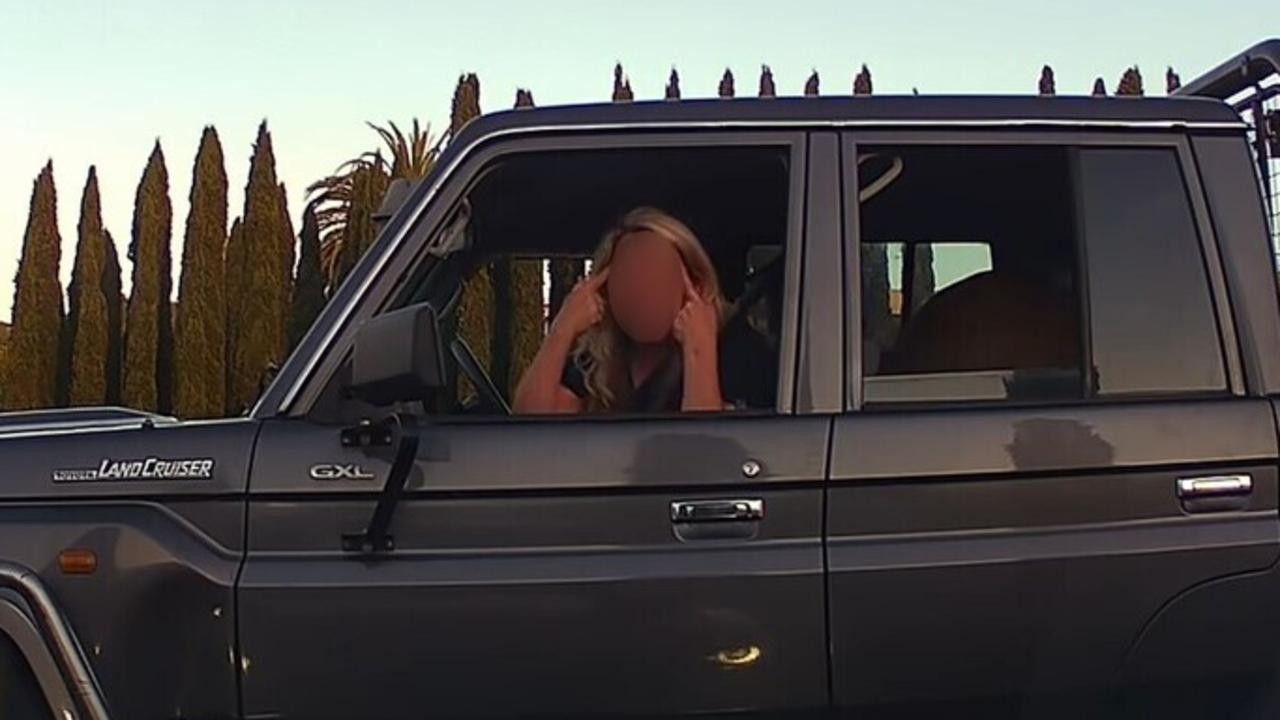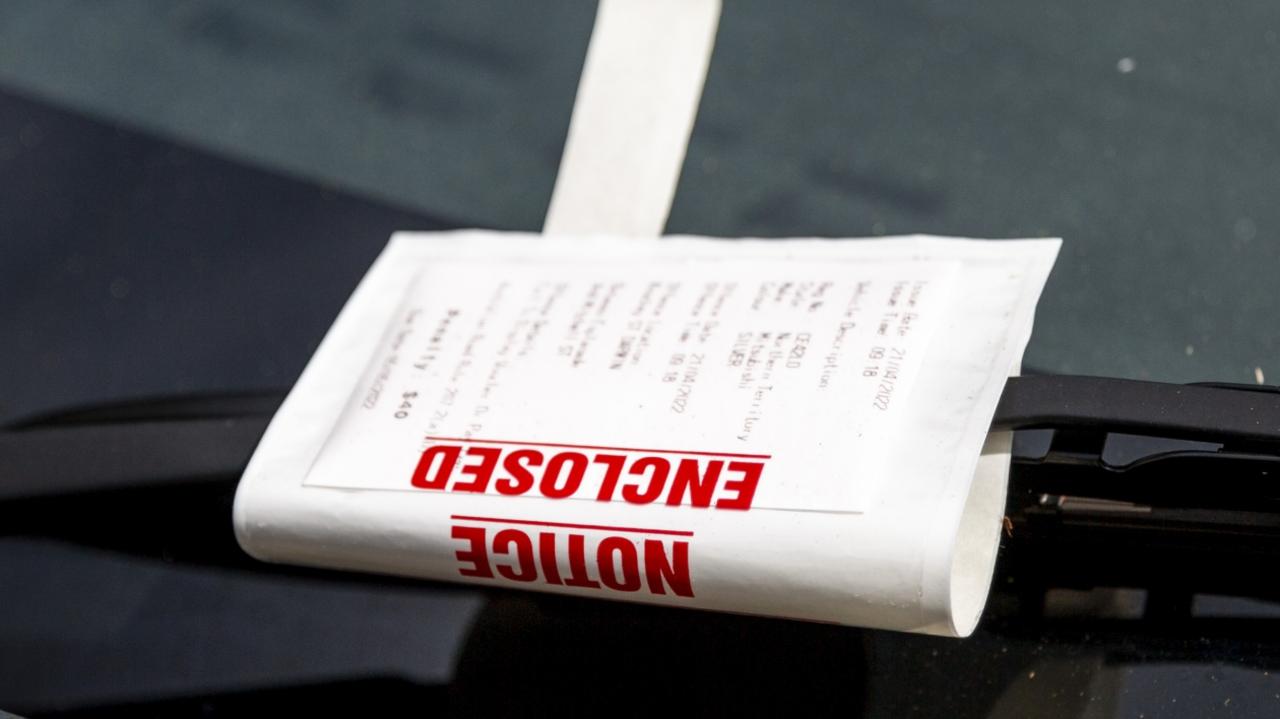Chinese government moves to cover up deadly ‘revenge against society’ attacks
A spate of mass killings in China has triggered a government crackdown to cover up public mourning and reporting of the attacks.
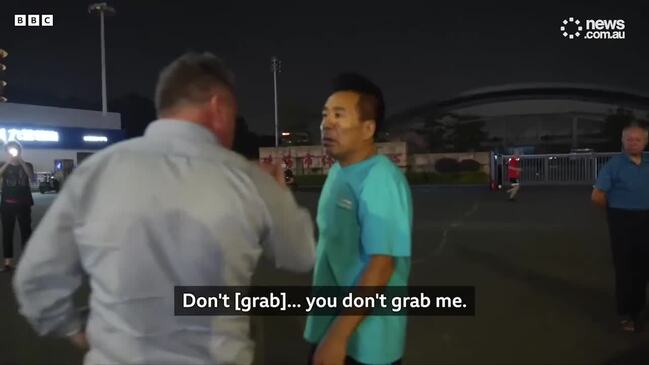
On the Road
Don't miss out on the headlines from On the Road. Followed categories will be added to My News.
A spate of mass killings in China has triggered government moves to suppress public mourning and reporting of tragic “revenge against society” attacks.
A car-ramming attack in Zhuhai has killed 35 pedestrians and injured 43.
Eight people were stabbed to death and 17 injured at a Yixing college.
Three were killed in a knife attack in a Walmart in Shanghai.
Two were killed and 21 injured in a Yunnan hospital.
A bus attendant died in Suzhou.
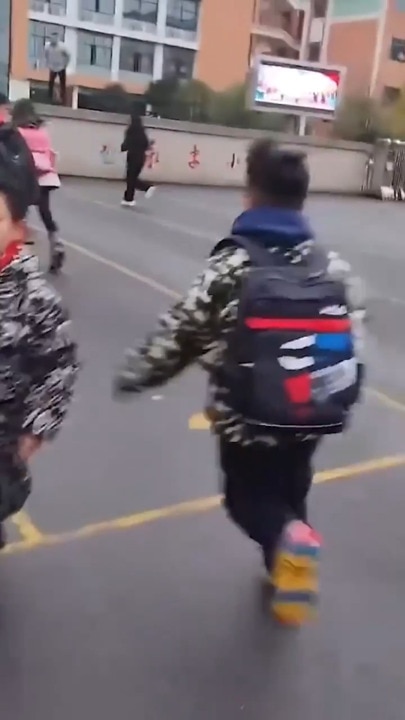
A stabbing spree in Beijing wounded five.
Four American teachers and a Chinese man who attempted to assist them were stabbed in a Jilin park.
And a car was deliberately driven into a group of students and parents outside a primary school in Changde.
All have occurred in the space of a few months.
Many major Chinese news outlets did not report the Zhuhai tragedy. Instead, they focused solely on Chairman Xi Jinping’s trip to South America.
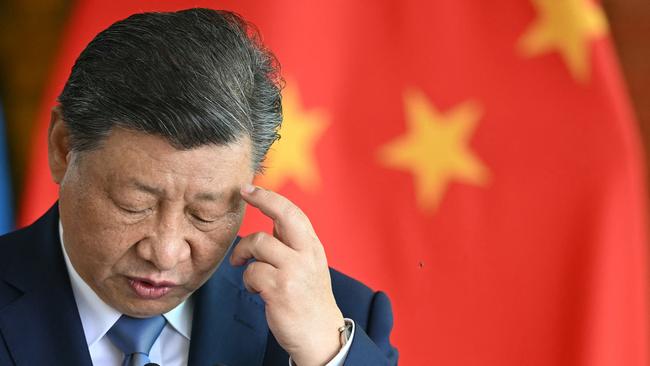
China’s state-controlled social media services were quickly swamped by speculation that such attacks are expressions of “revenge against society” – triggered by rising poverty and strict controls governing personal lives. Chinese Communist Party censors have responded by actively suppressing every aspect of the debate.
But “Great Navigator” Xi has felt compelled to address the emerging crisis.
At the weekend, he ordered “all-out efforts” to “strictly prevent extreme incidents”.
Disturbingly, flowers left as a tribute to the victims were removed by authorities only a week later. It was already time for society to forget what happened.
‘Revenge against society’
The official CCP line is that all the attacks are “isolated incidents”, each with “personal motives”.
Belated police statements say the Zhuhai suspect, who tried to take his own life after the attack, may have been motivated by anger over a recent divorce settlement.
The 37-year-old Shanghai killer was reportedly upset with “personal financial disputes”. The 21-year-old Yixing suspect was reportedly a student who was “unhappy with his low pay” at an internship. And the Jilin knifeman was described as a 55-year-old “unemployed” man.
But many are questioning whether or not there is a pattern behind the killings.
Or if something may have “triggered” them to act.
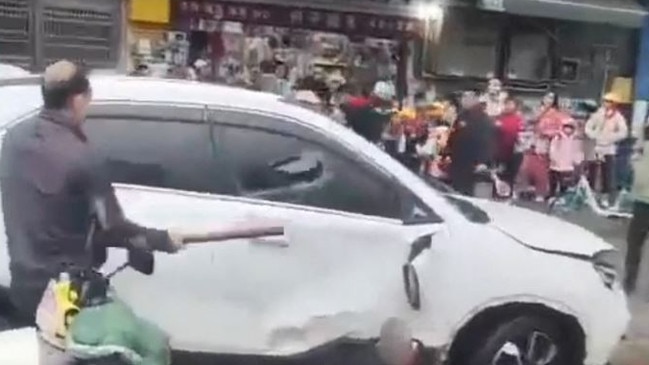
“These violent attacks of ‘revenge against society’ by desperate individuals who may feel they have nothing left to lose have prompted an outpouring of analysis and soul-searching on the Chinese internet,” said China Digital Times analyst Alexander Boyd.
In a thinly veiled poke at the Chinese Communist Party’s habit of quantifying its policies, Chinese social media users have taken to referring to “Four Lacks and Five Frustrations” as motivating the attacks.
“The ‘four lacks’ refer to people who lack a spouse or children; a job or stable income; normal social interactions; and financial assets such as a house or car,” wrote Boyd.
“The ‘five frustrations’ refer to frustrations over failed investments, estranged relationships, feelings of being thwarted in one’s daily life, loss of emotional ‘equilibrium’, and suffering from mental illness.”
And Communist Party stigmatisation of such disgruntled individuals – instead of providing support – is being blamed for tipping them over the edge.
‘Xianzhong’ is back
Chinese “netizens” are pushing back against censorship attempts, finding ways to bypass bans on keywords, names and phrases.
One popular expression of grief and concern is “Xianzhong is back”. It’s appearing online and as graffiti on city streets.
One of its appeals is its play on words.
Zhang Xianzhong was a rebel of the Ming Dynasty. His mythical lust for blood has become a byword for “revenge against society” attacks, stated Boyd.
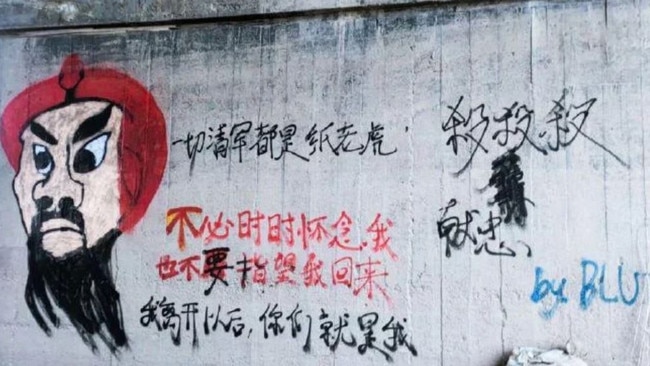
Xianzhong also means “demonstrate loyalty” – a key Communist Party demand.
This double meaning saw its use banned in 2021.
“In China, one of the original motives for tight controls on the internet is to clamp down on anyone voicing doubts about the Chinese government’s ability to govern,” China Digital Times analyst and former Weibo censor Eric Liu told the Wall Street Journal.
“No matter what happens, only the official narrative is allowed to be discussed, otherwise it will be taken down.”
CCP censors have begun issuing news and social media services with “reporting guidelines” for such attacks, insisting everything published must align with police statements.
“The information of the perpetrators that hasn’t been disclosed by the authorities, such as financial situation and marital status, shouldn’t be reported to speculate on their intention, or to relate to other incidents or broader social issues,” the WSJ reported one official instruction as reading.
‘Strictly prevent extreme incidents’
In Zhuhai, authorities are working overtime to erase evidence of the car-ramming attack.
Council workers have been removing floral tributes and notes. Police have been moving mourning friends and relatives from the scene. And CCP-sanctioned foreign news teams have been detained and forced to delete their footage.
State-controlled news service Xinhua reports Chairman Xi has instructed “all localities and relevant authorities to draw lessons from the (Zhuhai) case, and to strengthen their prevention and control of risks at the source. He also emphasised the importance of resolving disputes in time, preventing the occurrence of extreme cases, and making every effort to safeguard the security of people’s lives and social stability.”
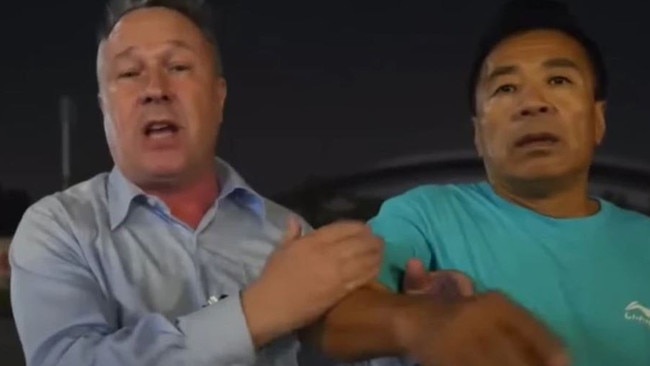
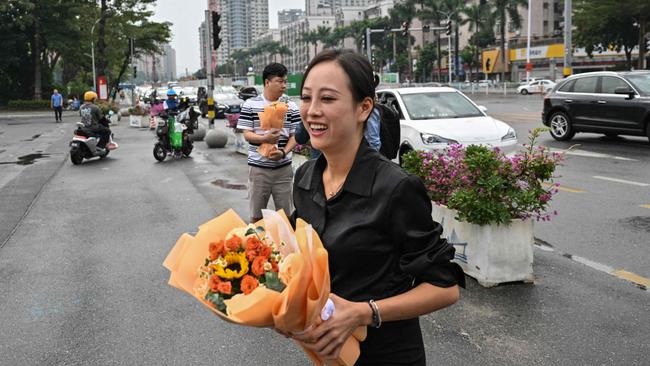
China’s Political and Legal Affairs Commission secretary, Chen Wenqing, echoed Chairman Xi’s calls over the weekend, telling his staff that they must strengthen prevention and control measures.
The Ministry of Public Security, and the Supreme People’s Procuratorate (the country’s highest-ranked prosecutor) stated they would “swiftly” deal with any further “vicious crimes” and deal with them “severely”.
According to the Ministry of Justice website, this includes the need to investigate conflicts related to marriage and family, neighbours, inheritance, property ownership and homelessness and unpaid wages.
But China’s detention centres are already bursting at the seams.
Recently released figures show an 18.5 per cent surge in formal arrests and a 6.8 per cent spike in formal prosecutions over the last year.
Chinese lawyers say the sudden rise was due to a nationwide clampdown on minor rule-breaking.
“Some people are being intercepted for petitioning (complaining to officials) and may be charged with obstructing a public official in the performance of their duties, or picking quarrels and stirring up trouble,” one lawyer told Radio Free Asia.
“They are finding reasons to arrest people even if no crime has been committed – that really is the situation right now.”
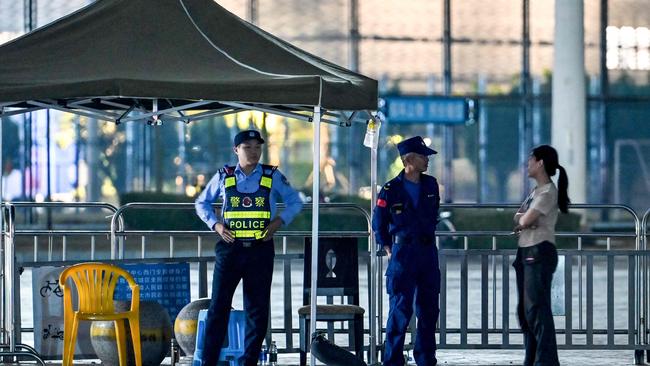
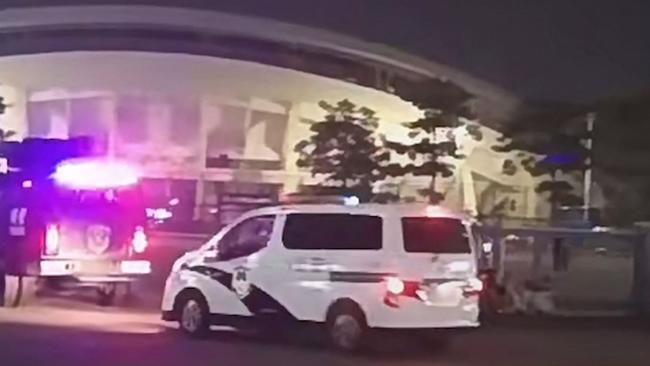
‘The use of power’
Chinese state-controlled media has begun paving the way for a raft of new surveillance and public profiling measures.
“China needs a crisis intervention system to identify high-risk individuals to help prevent the kinds of ‘lone wolf’ attacks that have left more than 40 people dead this month,” stated the South China Morning Post.
“We need to put more effort into mental health crisis intervention and conflict resolution, and urgently establish a systematic prevention mechanism.”
But even this official line risks falling foul of Beijing’s censors.
A Fudan University professor, Qu Weiguo, posted an essay detailing common features between the spate of recent attacks. This included “disadvantaged suspects, many with mental health issues, who believed that they had been treated unfairly and who felt they had no other way to be heard”.
“It is important to establish a social safety net and a psychological counselling mechanism, but in order to minimise such cases, the most effective way is to open public channels that can monitor and expose the use of power,” Qu posted to Weibo.
His essay was removed by censors earlier this week.
Jamie Seidel is a freelance writer | @jamieseidel.bsky.social
Originally published as Chinese government moves to cover up deadly ‘revenge against society’ attacks




